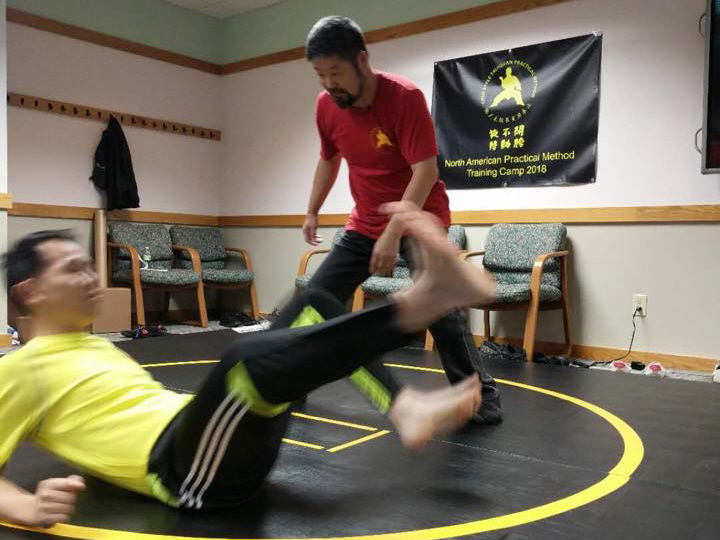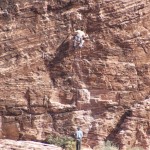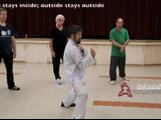Master Chen, forgive me for contacting you without you knowing me. I am a student and teacher of a system called Wu Ji Jing Gong Tai Chi which was developed by Master Chen Jisheng, of Tangshan, Hebei Province.
I have watched many of your videos and I think they are excellent. The last one that I watched was called “Dantian” published by Michael Calandra, and as I watched I was not sure that I understood your meaning of how the dantian moves. I think what you are saying is that the dantian does not rotate by itself, but rather it is moved by the action and interaction of the feet, the knees and the kuas. In our system we follow the saying, “movement starts at the feet…..” so all our movements are initiated from the turning of the feet. And, as one foot sinks, the other feels as if it is lifting or pulling something out of the ground. This is how we move the dantian. Unfortunately, I feel we are in the minority as most schools teach moving from the waste or the dantian. I was wondering if my understanding of your teaching is on the right track.
I welcome your response, and again apologize for this unsolicited message.
Joe Eber







